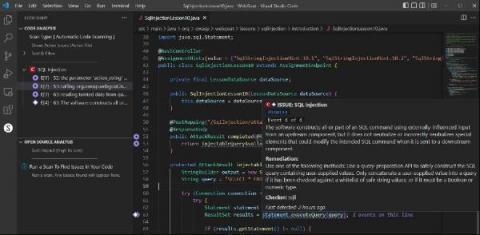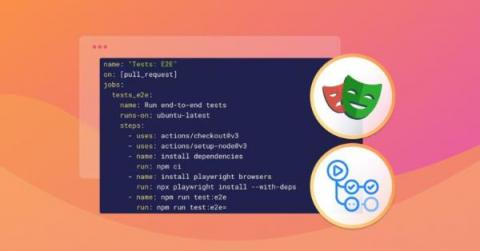Why You Need a Data-driven Approach to Vulnerability Management
With most of us working from anywhere, smartphones and tablets have become a big part of how we stay productive. At the same time, the average cost of data breaches continues to rise, averaging $4.35 million in 2022. While there are numerous threat vectors organizations have to juggle, this got me thinking about how applications and device vulnerabilities are currently managed.











